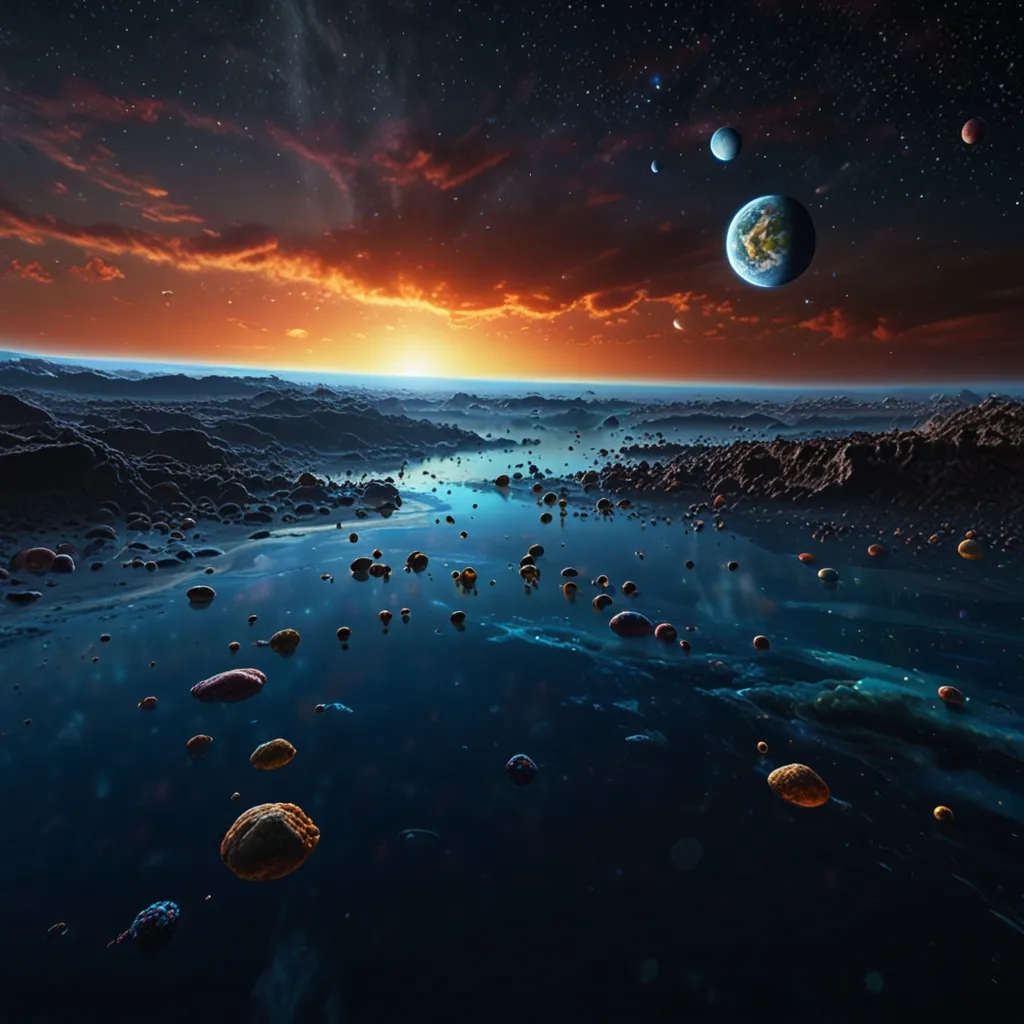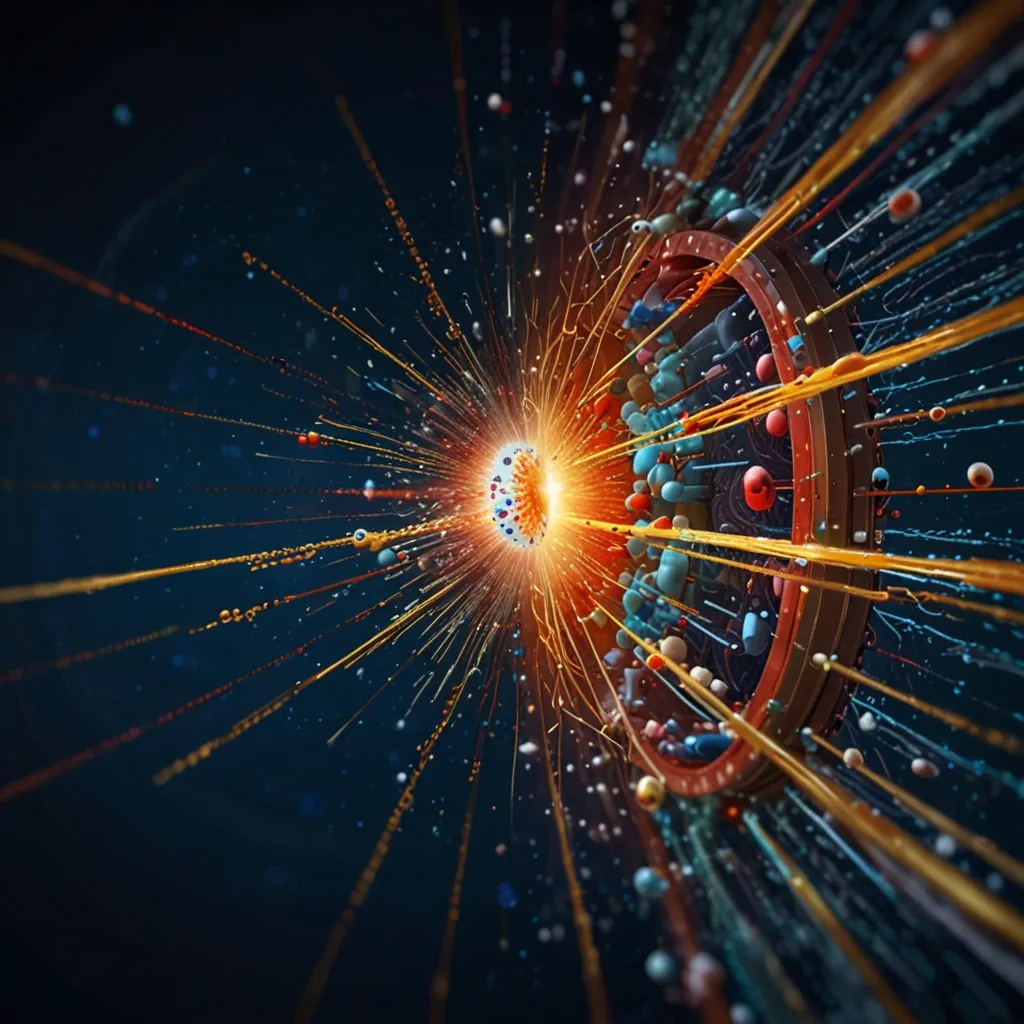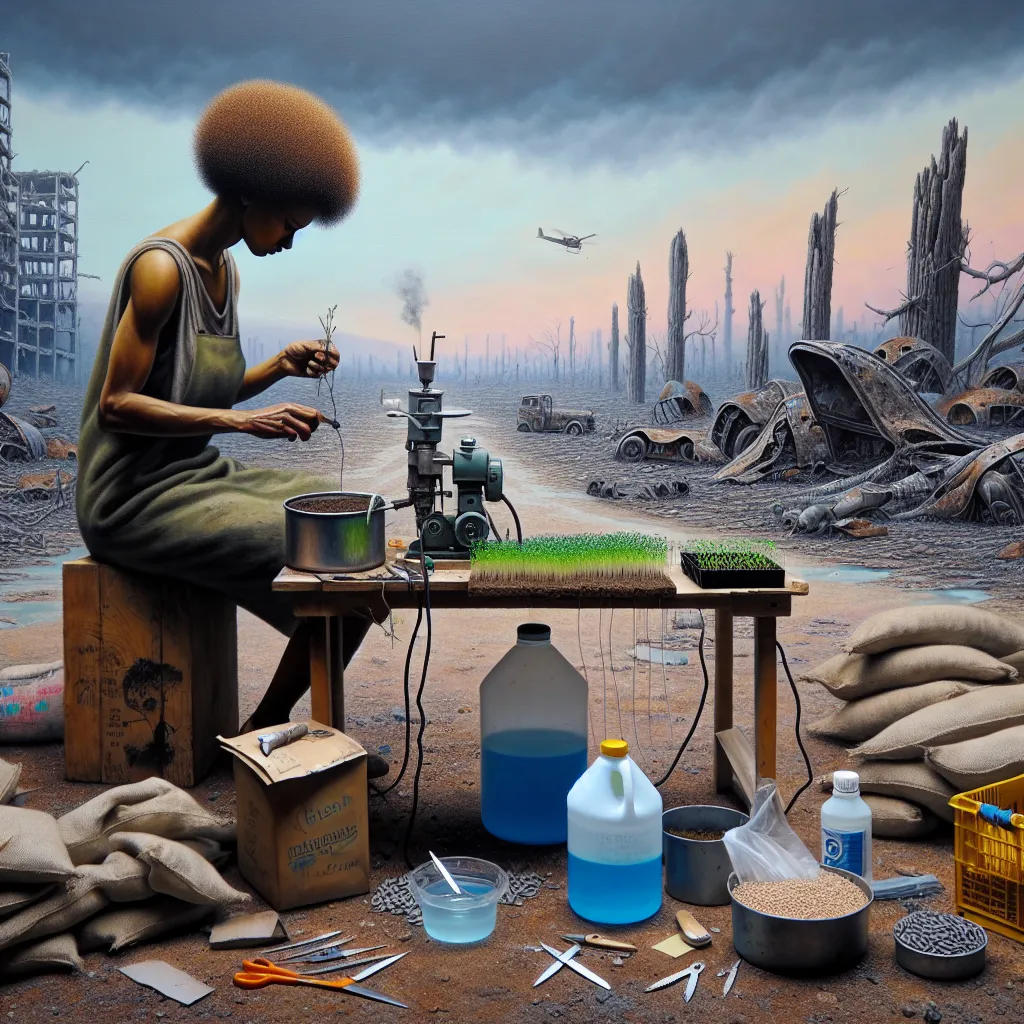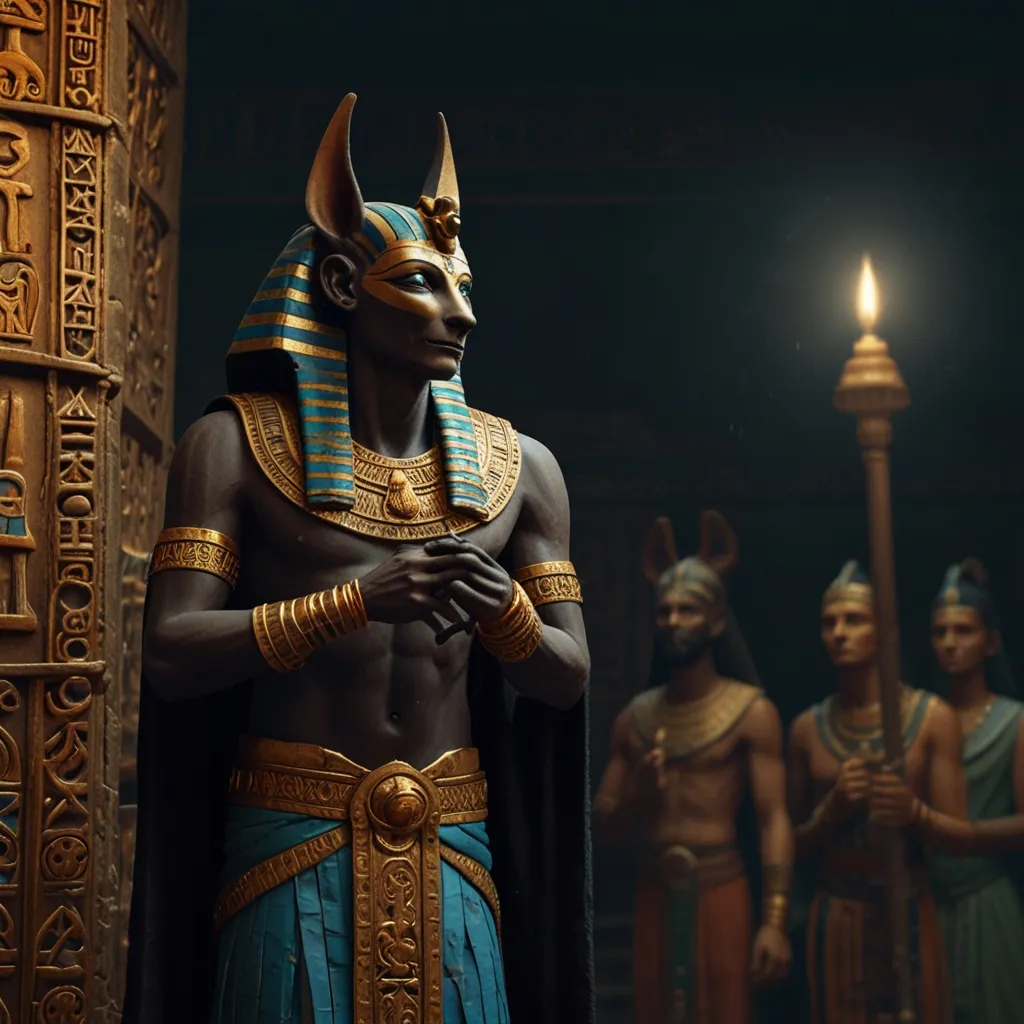Imagine if you could be transported back 4.5 billion years to witness the Earth in its primordial state and then return to the present. You might think only magic could transform the Earth from its humble beginnings into the complex world we see today. However, this transformation can largely be explained through evolution by natural selection, a process that has occurred over billions of years. But at the heart of this evolution lies a fundamental question: How did life itself begin?
This leads us to the concept of abiogenesis—the origin of life from nonliving matter. It’s distinct from evolution, which deals with how living organisms diversify from ancestral forms. Abiogenesis seeks to understand how the first spark of life ignited in the primordial soup of early Earth.
At the core of all living matter lies a trinity of essential components: nucleic acids (DNA or RNA), proteins, and lipids. These three elements had to be present before any form of life could emerge. Among these, lipids, which form cell walls, might be the most crucial. Without cell walls, the necessary components for life would merely float aimlessly, unable to self-replicate and form more complex structures.
Lipids have a unique structure with a hydrophilic (water-loving) round part and a hydrophobic (water-hating) tail. In water, they naturally form spheres, creating compartments that could encapsulate other essential molecules. For a long time, it was thought that lipids could only be produced by living cells, but experiments have shown they can form spontaneously under the right conditions, such as in hydrothermal vents on the early Earth.
Despite this, the theory faced challenges. Salts and ions, abundant in early Earth’s oceans, can disintegrate lipid structures. Recent research discovered that amino acids, the building blocks of proteins, help stabilize these lipid spheres even in salty water. This finding suggests a symbiotic relationship between lipids and proteins that could have been critical for the formation of the first cells.
The simplicity of RNA compared to DNA has led to the “RNA world hypothesis.” This theory posits that RNA was the precursor to the first living matter, guiding the formation of proteins and other cellular functions before DNA took over as the main genetic material. But how RNA formed from nonliving chemicals remains a complex puzzle. Some studies suggest that RNA could have polymerized on the surface of clays or in shallow ponds with the help of organic molecules from meteorites.
While we now have plausible pathways for the formation of RNA and lipids, the formation of proteins has also been explored. Experiments in the 1950s demonstrated that amino acids and other organic compounds could form naturally under the conditions of early Earth.
Yet, having all these components doesn’t necessarily mean they would combine to form a living cell. Critics often argue that the odds of complex molecules forming life are astronomically low. However, this viewpoint oversimplifies the process, ignoring the potential for incremental steps over millions of years involving vast numbers of molecules interacting in various environments.
The driving force for this chemical evolution might lie in the laws of physics, specifically in entropy. When exposed to external energy sources like the Sun, groups of molecules naturally evolve to dissipate more energy. This energy dissipation could explain the gradual complexity that led to the first living organisms.
There is no single, universally accepted theory for the origin of life, but the idea that life could have arisen through natural processes over a long period is both plausible and compelling. As our understanding of chemistry and molecular evolution grows, so too does our grasp of how life might have begun.
In essence, the story of abiogenesis is a testament to the incremental, trial-and-error process of life forming from nonliving matter. While there’s much we still don’t understand, each discovery brings us closer to unraveling this profound mystery.






